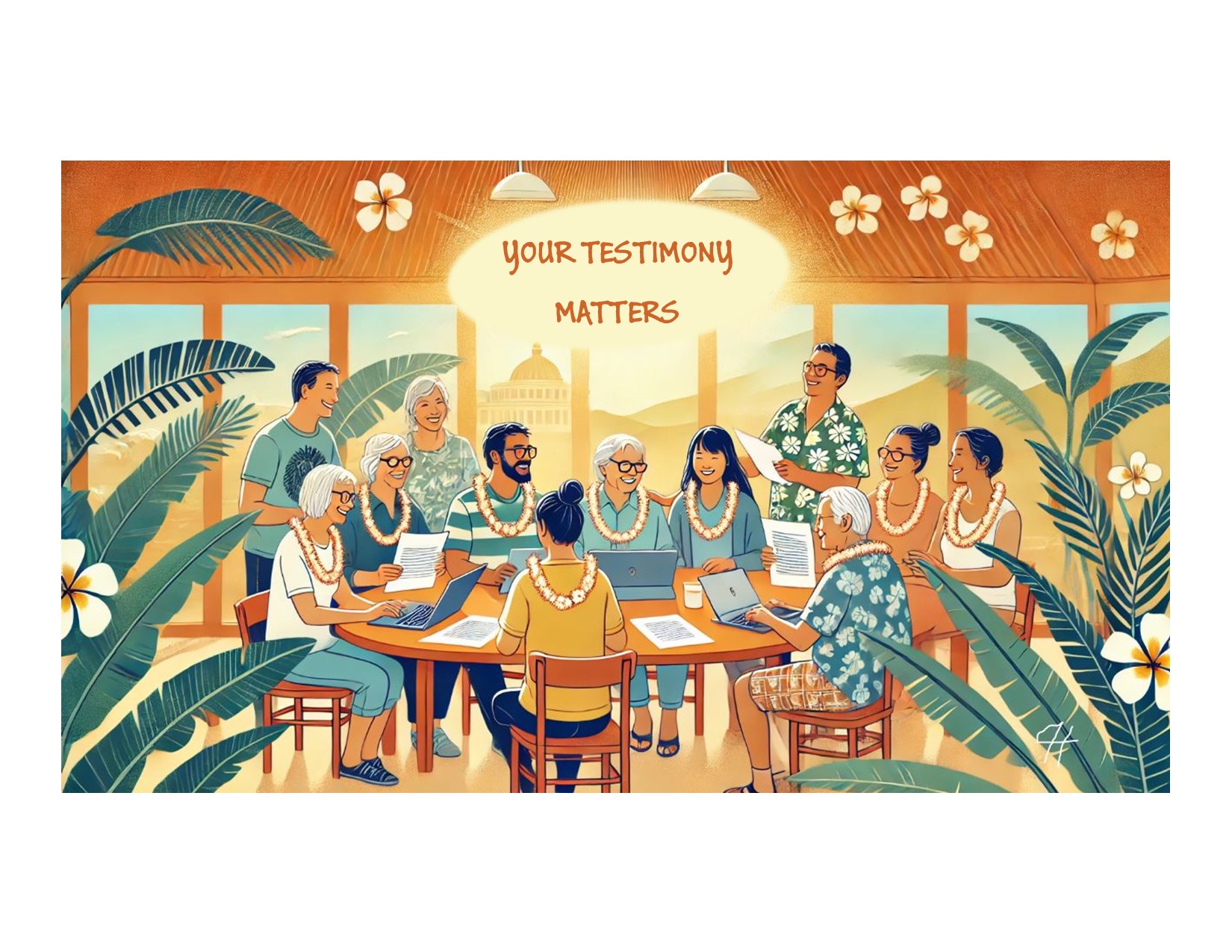Advocacy Through Applied Behavior Analysis
Article by Jessica Herzog
As someone with a Master’s degree in Applied Behavior Analysis (ABA), I’ve witnessed firsthand the transformative power of this science—not just in clinical settings, but in education, advocacy, and human rights. ABA is often misunderstood, but its principles hold the key to creating systems that empower individuals, foster equity, and ensure no one gets left behind.
The Problem: A System That Holds Brilliance Back
Our current education system is built on a one-size-fits-all model. Students are grouped by age, not by ability or performance. Teachers are often forced to move forward with lessons, even when some students haven’t mastered the material. This approach leaves countless children struggling, frustrated, and ultimately disengaged. Those who are ready to faster often become a trouble in class due to boredom and their gifts go unnoticed.
What if we flipped the script? What if we taught by performance rather than out of sympathy or empathy? What if we engineered schools to teach the way people actually learn?
The Solution: Applied Behavior Analysis in Education
ABA is a science rooted in understanding how behavior works and how it can be changed. It’s not about punishment or control—it’s about reinforcement, shaping, and individualized learning. Here’s how ABA principles could revolutionize education:
- Individualized Learning Plans: ABA emphasizes tailoring interventions to the individual. In education, this could mean creating personalized learning paths for each student, ensuring they master concepts before moving forward.
- Data-Driven Decisions: ABA relies on measurable data to track progress. Teachers could use this approach to identify what works for each student, adjusting strategies based on evidence rather than guesswork.
- Positive Reinforcement: Instead of focusing on what students do wrong, ABA encourages reinforcing what they do right. This builds confidence, motivation, and a love for learning.
- Equity in Education: By teaching based on performance, not arbitrary timelines, ABA ensures that every student has the opportunity to succeed—regardless of their background, abilities, or challenges.
Advocating for Human Rights Through ABA
My passion for ABA extends beyond education. I’ve dedicated countless hours to volunteer work advocating for human rights in every form. Whether it’s supporting individuals with disabilities, promoting equity in underserved communities, or fighting for systemic change, ABA principles guide my approach.
Human rights advocacy and ABA share a common goal: empowering individuals to reach their full potential. By understanding behavior and creating systems that reinforce positive change, we can break down barriers and build a more inclusive world.
Why This Matters
When we teach the way people learn, we don’t just improve education—we change lives. Students who might otherwise be left behind can thrive. Teachers can focus on what works, rather than struggling against systemic inefficiencies. And as a society, we can move closer to equity and inclusion.
ABA isn’t just a tool for therapists—it’s a framework for creating meaningful change in every aspect of life. It’s time to harness its power to build systems that work for everyone.
Join Me in Advocating for Change
I’m committed to spreading the truth about ABA and its potential to transform lives. Through my volunteer work and advocacy, I aim to show the world that science and compassion can go hand in hand.
If you’re interested in learning more about ABA, volunteering, or supporting human rights initiatives, let’s connect. Together, we can create a future where no one gets left behind.















